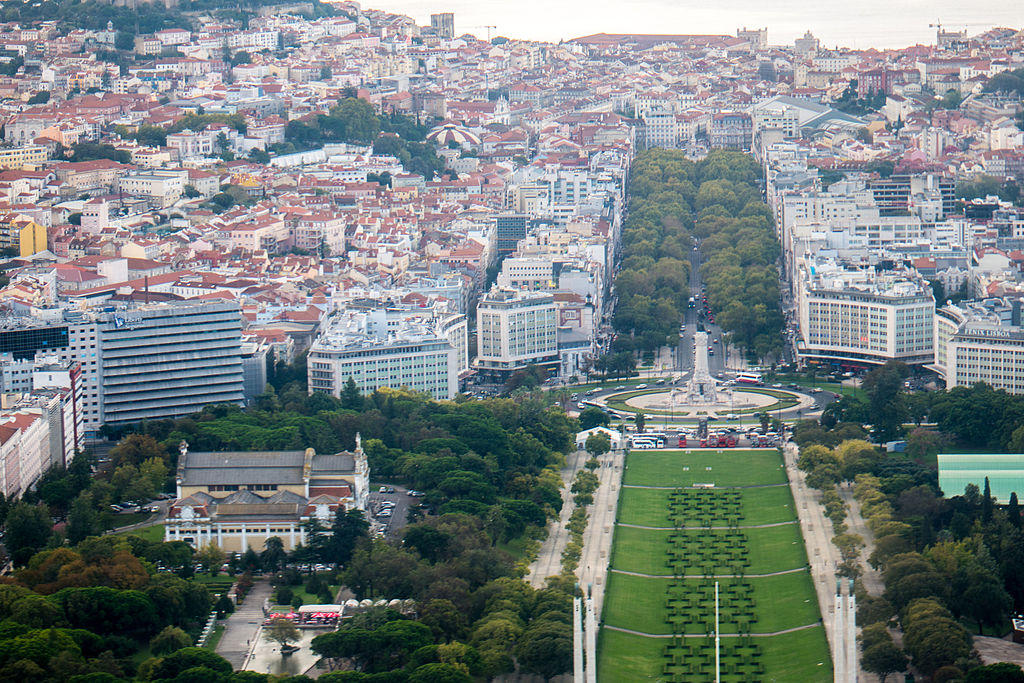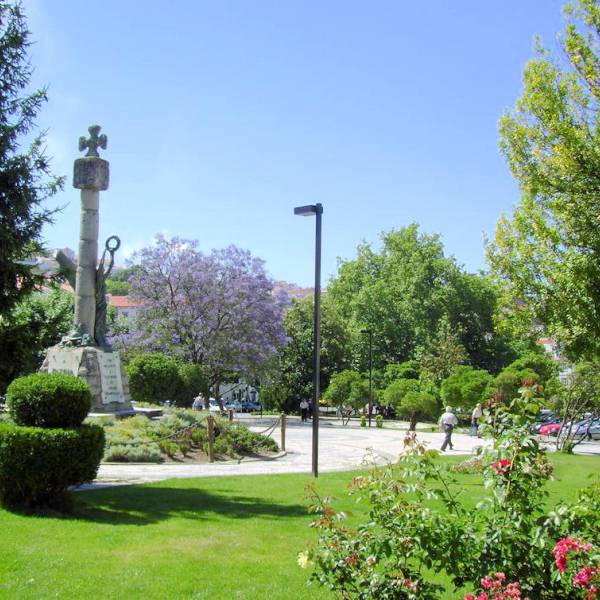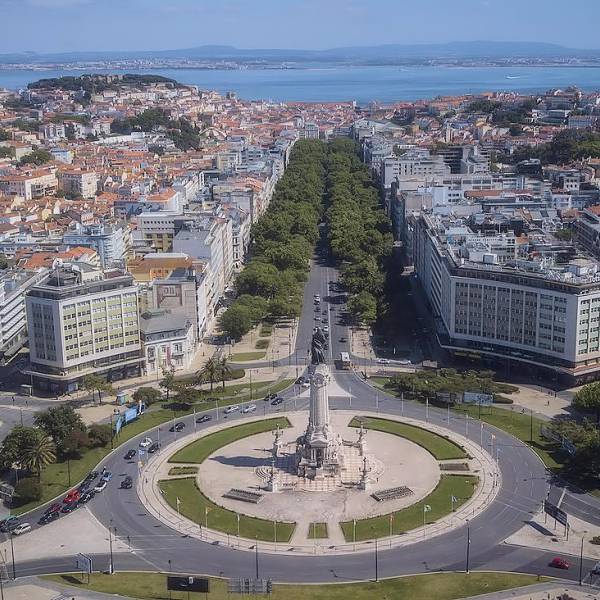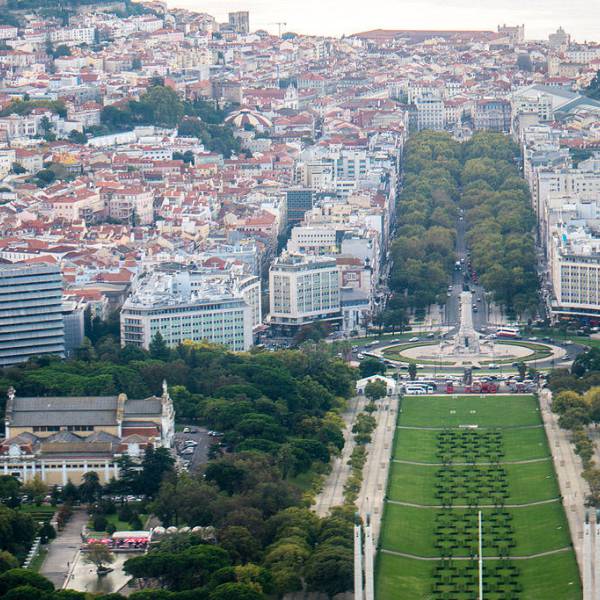Initially known as Passeio Público, the newly created promenade was enclosed by walls and gates, accessible only to the privileged members of high society. However, in 1821, King D. João VI ordered the dismantling of the barriers, allowing people from all walks of life to freely enjoy the beauty and serenity of the promenade. Pombal, with his astute attention to detail, incorporated small streams that meandered through the area into the design, enhancing the overall ambiance of the promenade. These streams, instead of being drained or diverted, became an integral part of the ornamental features, adding a unique charm to the Passeio Público.
As time passed, the streams gradually dried up or were redirected to accommodate the expanding city and its growing infrastructure needs. However, the spirit of the original Passeio Público lived on, serving as a foundation for the grand avenue that would eventually grace Lisbon's landscape.
The vision for a grand boulevard akin to the famous Champs-Élysées in Paris started to take shape in the late 19th century. Inspired by the elegance and charm of the French capital, Lisbon's urban planners sought to create a similar avenue that would showcase the city's architectural splendor and cater to the aspirations of its burgeoning cosmopolitan society. The construction of Avenida da Liberdade began in 1879 and was completed in 1882, under the guidance of French architect Louis-Jules André.
Stretching for approximately 1.1 kilometers, Avenida da Liberdade exudes grandeur and sophistication. With its generous width of 90 meters, the boulevard features beautifully landscaped gardens, stately trees, and meticulously designed pavements adorned with intricate patterns. The avenue became a central hub for processions, parades, cultural events, and social gatherings, solidifying its place as a focal point of Lisbon's vibrant urban life.
The architectural landscape along Avenida da Liberdade is a blend of various styles, reflecting different periods of Lisbon's history. While some of the original mansions and palaces have been preserved, many art nouveau facades have given way to modern buildings housing offices, luxury hotels, high-end boutiques, and commercial complexes. These contemporary structures seamlessly coexist with the remnants of the past, creating a fascinating juxtaposition of architectural styles that tells the story of Lisbon's evolving identity.
The tree-lined avenue is adorned with magnificent fountains, charming kiosks, and inviting terraces that provide respite and shade to both residents and visitors. The allure of Avenida da Liberdade lies not only in its architectural beauty but also in its ability to serve as a meeting point for locals and tourists alike. The well-planned sidewalks and ample seating areas dotted along the avenue offer opportunities for relaxation, people-watching, and enjoying the vibrant atmosphere that permeates the area.
Lisbon.vip Recommends
Today, Avenida da Liberdade remains a symbol of Lisbon's resilience, progress, and cultural heritage. Its grandeur and elegance attract locals and tourists alike, who stroll along its wide sidewalks, shop in its prestigious boutiques, dine in its charming cafes, and enjoy the vibrant energy that fills the air. The avenue continues to evolve, adapting to the changing needs and aspirations of the city, while retaining its historical charm and allure.
The inauguration of Avenida da Liberdade was a historic milestone in Lisbon's transformation. From its origins as the enclosed Passeio Público to its transformation into a grand boulevard, the avenue encapsulates the city's spirit and showcases its architectural, cultural, and social riches. It stands as a testament to Lisbon's ability to embrace the future while honoring its past, inviting all who visit to experience the beauty and grandeur of this remarkable urban gem.






